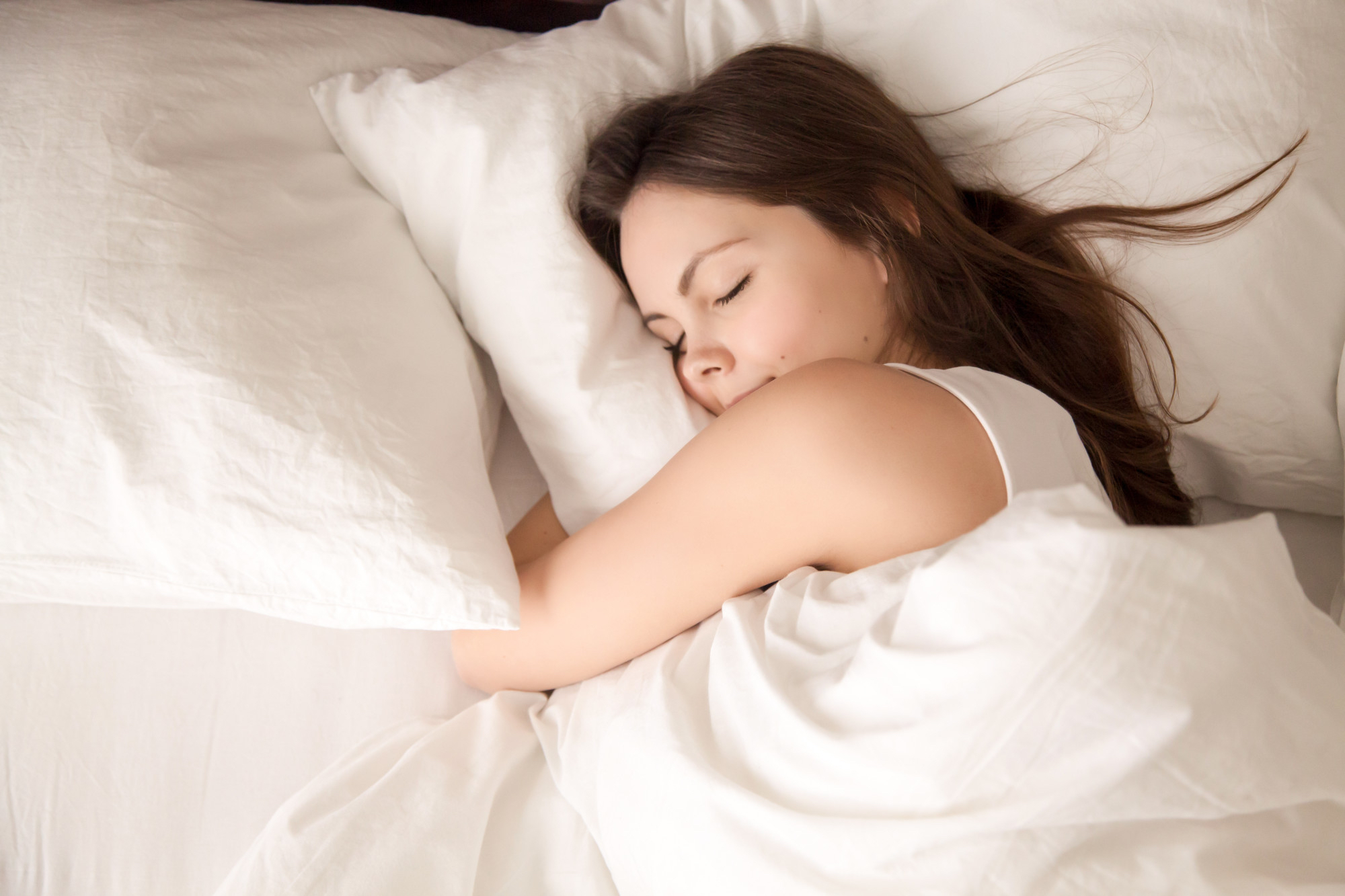5 of the Best Sleeping Positions for Sleep Apnea

Do you want to have a restful night with sleep apnea?
Sleeping with sleep apnea means waking up every day feeling tired even after eight hours of sleep. It is one of the leading sleeping disorders with almost 22 million Americans diagnosed. You stop breathing multiple times at night which leads to abrupt awakenings, headaches, and other serious health conditions.
Sleep apnea is a real struggle that does not only affect you but other people around you. If you want to wake up refreshed and sharp, take a look at these five best sleeping positions for sleep apnea.
1. Pillow Between the Knees
Sleeping on your side is one of the ideal positions for sleep apnea management. However, it can also put stress on your spine and back joints. It disrupts sleep and worsens the symptoms for some people.
Are you one of them? If yes, here’s how to sleep with sleep apnea on your side.
Position yourself to sleep and put a pillow between your knees for support. Make sure it’s long enough to cover your leg. It reduces strain on your lower back great for improving blood circulation and body alignment.
2. Side Sleeping With Arms on Your Side
If you don’t have large enough pillows, the log sleeping position is your best bet. This position is where your arms and legs are straight-extended down, parallel to the body.
Log sleeping position may seem too rigid but it keeps your body in the correct alignment. It soothes the neck, shoulder, and back pain using a decent pillow. It also helps diaphragmatic breathing, meaning there is more air flowing inside your lungs at night.
3. Head and Upper Body Elevated
Sleeping on your back is not the worst position for sleep apnea. According to research, children who have obstructive sleep apnea breathe best on their back compared to adults. If you want to sleep like this, you only need to keep your head and upper body elevated.
Sleeping in a recliner or adjustable bed can help you raise your body from the waist up. Don’t need to worry about your throat and tongue muscles blocking the airway. It’s recommended for people experiencing acid reflux and heartburn to ease the symptoms.
4. Pillows to Elevate Your Head
Don’t have any recliners in your house? No problem. You can use your pillows instead.
Put the pillows on top of each other and keep them slightly upright. Sleep on it with your upper body to ensure proper body alignment. To prevent any spine and knee pain, use a small pillow below your knees for elevation.
If nothing is still working at this point, you can check this out to discover some of the best sleeping positions for sleep apnea here.
5. Lying on Your Bed Face-Down
Lying face-down on your pillow means you need to turn your head when sleeping. One disadvantage is it creates pressure and twists your neck and spine out of alignment.
You can avoid this by setting down the pillow and prop your forehead over the pillow. Put a thin pillow under your chest and hip. This way, your spine is in a neutral position while keeping the pressure off your lower back.
Top Five Best Sleeping Positions for Sleep Apnea
What did you think about some of the best sleeping positions for sleep apnea? You should keep on experimenting until you find the most comfortable for you to sleep better.
Want more guides on sleep apnea tips? Be sure to read more of our articles and guides! Learn how you can bypass it and get a good night’s sleep today!
